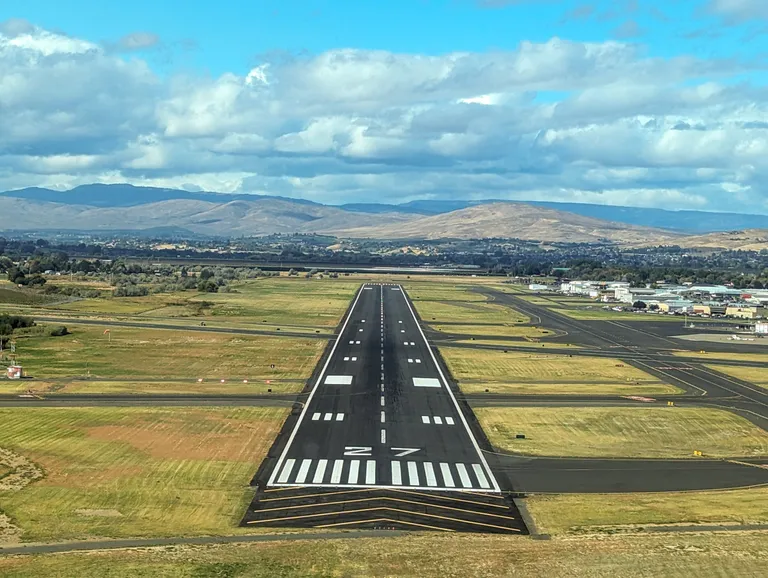If you’ve traveled through Seattle-Tacoma International Airport in the last few months, you may have noticed it’s a bit more crowded than it has been in the recent past. Post-pandemic air travel has already surpassed pre-pandemic levels and all indicators are air travel will continue to grow. What does the future hold? Even more demand for air travel, but not enough capacity at our state’s biggest airports to meet that demand.
In 2019, the state Legislature created the Commercial Aviation Coordination Committee to explore options and provide a single preferred location recommendation for a new or expanded airport to meet the expected future demand for air travel. During three-and-a-half years, the CACC, along with Washington State Department of Transportation Aviation, examined 18 existing airports (17 in the Puget Sound area and one in Moses Lake) and 10 new airport “greenfield” sites. Only Paine Field was recognized as having the potential to accommodate a small portion of the forecasted need. The public, as well as local and state elected officials, responded with overwhelming opposition to all of the options examined by the CACC. The committee disbanded in July of 2023 with no substantive recommendations.
In January 2023, the city of Yakima, Yakima County and several Yakima-based organizations expressed confidence to the CACC that the Yakima airport could be part of the solution to the predicted air-travel capacity dilemma in our state. Meeting the challenge of increasing demand for air travel will require both established and innovative approaches, both of which the Yakima airport is well-positioned to embrace.
The Yakima airport has provided commercial passenger service for decades and has the necessary infrastructure in place that could be enhanced and expanded to accommodate additional flights. It is centrally located in the state, fewer than four miles from Interstate 82. And, because of its moderate weather, the Yakima airport already serves as the primary diversion site for Sea-Tac and accommodates large airliners several times each year.
Yakima is also advocating what might today be considered a somewhat out-of-the box solution to future air travel capacity issues — a decentralized system utilizing electric and hybrid-electric planes. Washington state aerospace companies like MagniX, Eviation and ZeroAvia are pioneering sustainable aviation, which holds great promise in changing how we think of air travel today.
The WSDOT 2020 Electric Aircraft Feasibility Study identified 60 community airports in our state that can accommodate smaller electric/hybrid-electric airplanes. Under a decentralized air travel system (known as “distributed air service” in the industry), travelers would no longer need to make the oftentimes-arduous trek to Sea-Tac but instead take a short drive to their local airport and board an electric/hybrid-electric plane to Yakima. A 30-to-45-minute flight from locations across the state would land passengers in Yakima, where they could make a connection to their final destination and avoid Sea-Tac entirely.
A decentralized air travel system is contrary to what we have developed and become accustomed to. However, it is clear there is no appetite in Washington state to continue to follow the “mega airport” strategy. Replicating Sea-Tac or Paine Field is simply not an available option. The approach advocated by Yakima is forward-thinking and deserves fair consideration as part of the solution to our state’s predicted air travel quagmire.
The Legislature has created a new Commercial Aviation Working Group to pick up where the CACC left off. With Sea-Tac estimated to reach full capacity in less than a decade, the group will have to explore creative options for solving the looming air travel problem. We are working to make sure Yakima’s visionary plan is one of them.
